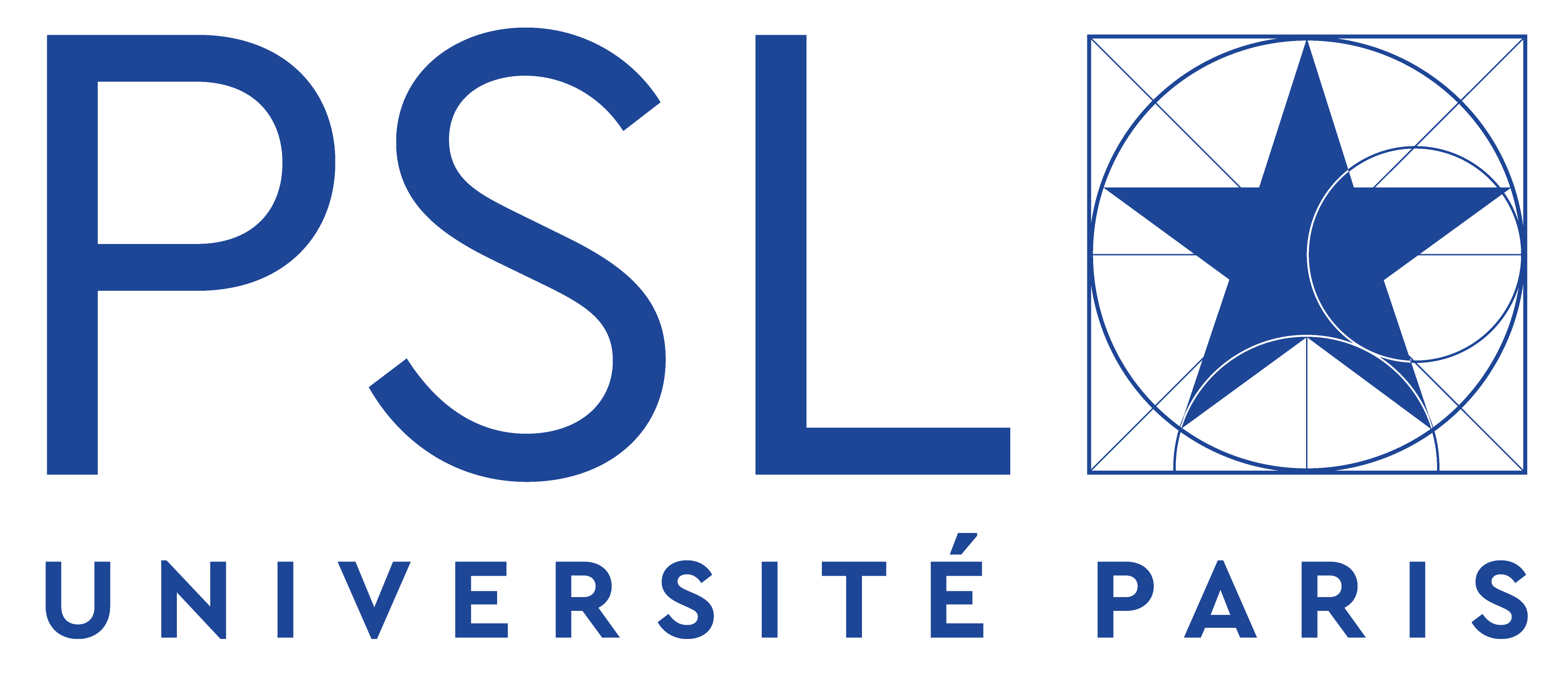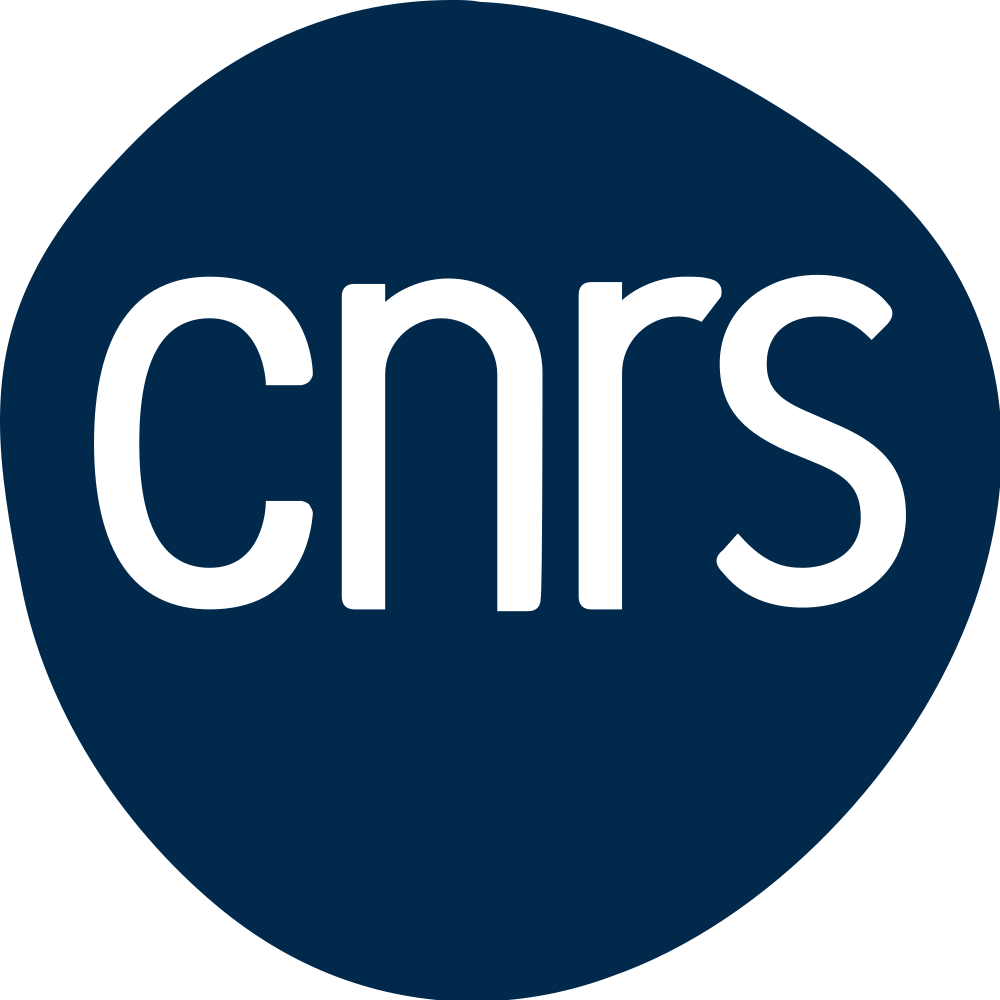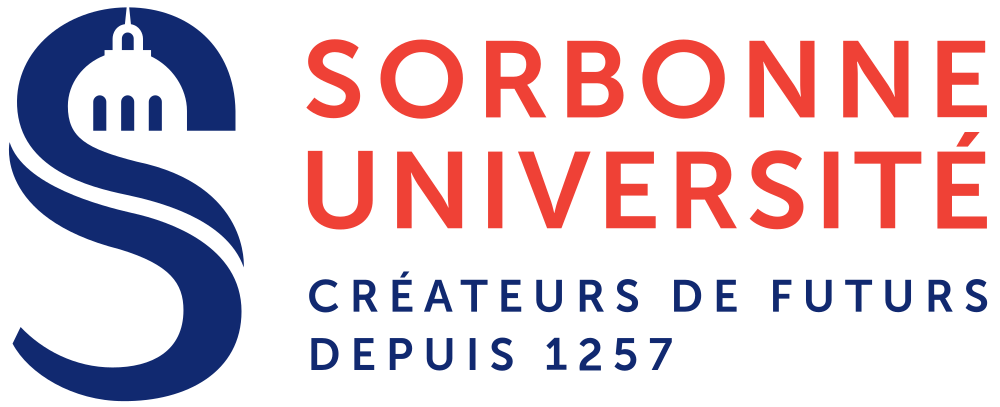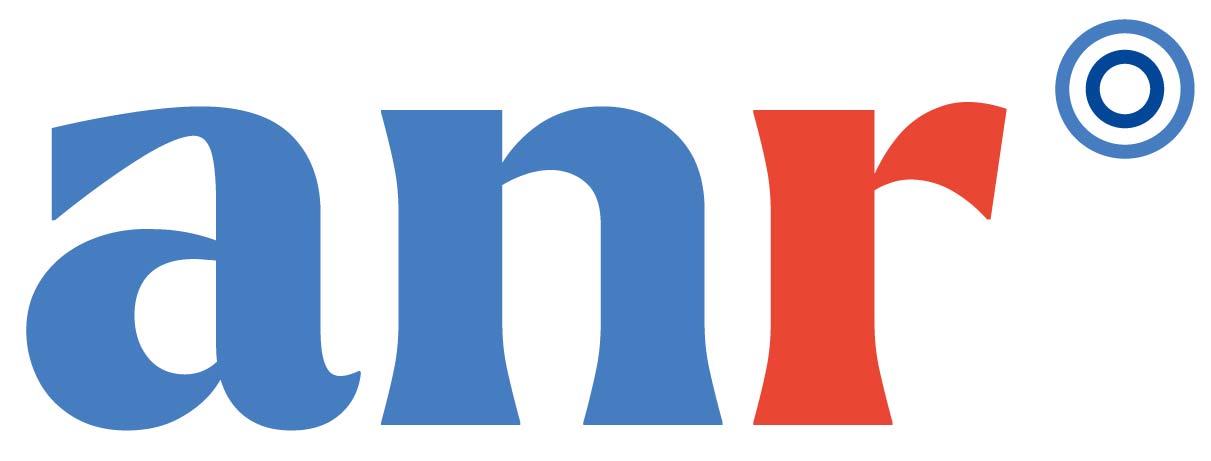Single-emitter super-resolved imaging of radiative decay rate enhancement in dielectric gap nanoantennas
Córdova-Castro, R. M., B. Van Dam, A. Lauri, S. A. Maier, R. Sapienza, Y. De Wilde, I. Izeddin, and V. Krachmalnicoff
Light: Science and Applications 13, no. 1 (2024)
Abstract: High refractive index dielectric nanoantennas strongly modify the decay rate via the Purcell effect through the design of radiative channels. Due to their dielectric nature, the field is mainly confined inside the nanostructure and in the gap, which is hard to probe with scanning probe techniques. Here we use single-molecule fluorescence lifetime imaging microscopy (smFLIM) to map the decay rate enhancement in dielectric GaP nanoantenna dimers with a median localization precision of 14 nm. We measure, in the gap of the nanoantenna, decay rates that are almost 30 times larger than on a glass substrate. By comparing experimental results with numerical simulations we show that this large enhancement is essentially radiative, contrary to the case of plasmonic nanoantennas, and therefore has great potential for applications such as quantum optics and biosensing.
|


|
Label-Free Imaging of Inflammation at the Level of Single Cells in the Living Human Eye
Rui, Y., M. Zhang, D. M. W. Lee, V. C. Snyder, R. Raghuraman, E. Gofas-Salas, P. Mecê, S. Yadav, P. Tiruveedhula, K. Grieve, J. A. Sahel, M. H. Errera, and E. A. Rossi
Ophthalmology Science 4, no. 5, 100475 (2024)

Abstract: Purpose: Putative microglia were recently detected using adaptive optics ophthalmoscopy in healthy eyes. Here we evaluate the use of nonconfocal adaptive optics scanning light ophthalmoscopy (AOSLO) for quantifying the morphology and motility of presumed microglia and other immune cells in eyes with retinal inflammation from uveitis and healthy eyes. Design: Observational exploratory study. Participants: Twelve participants were imaged, including 8 healthy participants and 4 posterior uveitis patients recruited from the clinic of 1 of the authors (M.H.E.). Methods: The Pittsburgh AOSLO imaging system was used with a custom-designed 7-fiber optical fiber bundle for simultaneous confocal and nonconfocal multioffset detection. The inner retina was imaged at several locations at multiple timepoints in healthy participants and uveitis patients to generate time-lapse images. Main Outcome Measures: Microglia and macrophages were manually segmented from nonconfocal AOSLO images, and their morphological characteristics quantified (including soma size, diameter, and circularity). Cell soma motion was quantified across time for periods of up to 30 minutes and their speeds were calculated by measuring their displacement over time. Results: A spectrum of cell morphologies was detected in healthy eyes from circular amoeboid cells to elongated cells with visible processes, resembling activated and ramified microglia, respectively. Average soma diameter was 16.1 ± 0.9 μm. Cell movement was slow in healthy eyes (0.02 μm/sec on average), but macrophage-like cells moved rapidly in some uveitis patients (up to 3 μm/sec). In an eye with infectious uveitis, many macrophage-like cells were detected; during treatment their quantity and motility decreased as vision improved. Conclusions: In vivo adaptive optics ophthalmoscopy offers promise as a potentially powerful tool for detecting and monitoring inflammation and response to treatment at a cellular level in the living eye. Financial Disclosure(s): Proprietary or commercial disclosure may be found in the Footnotes and Disclosures at the end of this article.
|


|
Foveolar Drusen Decrease Fixation Stability in Pre-Symptomatic AMD
Murari, J., J. Gautier, J. Daout, L. Krafft, P. Senée, P. Mecê, K. Grieve, W. Seiple, D. Sheynikhovich, S. Meimon, M. Paques, and A. Arleo
Investigative Ophthalmology & Visual Science 65, no. 8, 13 (2024)

Abstract: Purpose: This study aims at linking subtle changes of fixational eye movements (FEM) in controls and in patients with foveal drusen using adaptive optics retinal imaging in order to find anatomo-functional markers for pre-symptomatic age-related macular degeneration (AMD). Methods: We recruited 7 young controls, 4 older controls, and 16 patients with presymptomatic AMD with foveal drusen from the Silversight Cohort. A high-speed research-grade adaptive optics flood illumination ophthalmoscope (AO-FIO) was used for monocular retinal tracking of fixational eye movements. The system allows for sub-arcminute resolution, and high-speed and distortion-free imaging of the foveal area. Foveal drusen position and size were documented using gaze-dependent imaging on a clinical-grade AO-FIO. Results: FEM were measured with high precision (RMS-S2S = 0.0015 degrees on human eyes) and small foveal drusen (median diameter = 60 µm) were detected with high contrast imaging. Microsaccade amplitude, drift diffusion coefficient, and ISOline area (ISOA) were significantly larger for patients with foveal drusen compared with controls. Among the drusen participants, microsaccade amplitude was correlated to drusen eccentricity from the center of the fovea. Conclusions: A novel high-speed high-precision retinal tracking technique allowed for the characterization of FEM at the microscopic level. Foveal drusen altered fixation stability, resulting in compensatory FEM changes. Particularly, drusen at the foveolar level seemed to have a stronger impact on microsaccade amplitudes and ISOA. The unexpected anatomo-functional link between small foveal drusen and fixation stability opens up a new perspective of detecting oculomotor signatures of eye diseases at the presymptomatic stage.
|


|
Cellular structural and functional imaging of donor and pathological corneas with label-free dual-mode full-field optical coherence tomography
Fei, K., Z. Luo, Y. Chen, Y. Huang, S. Li, V. Mazlin, A. C. Boccara, J. Yuan, and P. Xiao
Biomedical Optics Express 15, no. 6, 3869-3888 (2024)
Abstract: In this study, a dual-mode full-field optical coherence tomography (FFOCT) was customized for label-free static and dynamic imaging of corneal tissues, including donor grafts and pathological specimens. Static images effectively depict relatively stable structures such as stroma, scar, and nerve fibers, while dynamic images highlight cells with active intracellular metabolism, specifically for corneal epithelial cells. The dual-mode images complementarily demonstrate the 3D microstructural features of the cornea and limbus. Dual-modal imaging reveals morphological and functional changes in corneal epithelial cells without labeling, indicating cellular apoptosis, swelling, deformation, dynamic signal alterations, and distinctive features of inflammatory cells in keratoconus and corneal leukoplakia. These findings propose dual-mode FFOCT as a promising technique for cellular-level cornea and limbus imaging.
|


|











